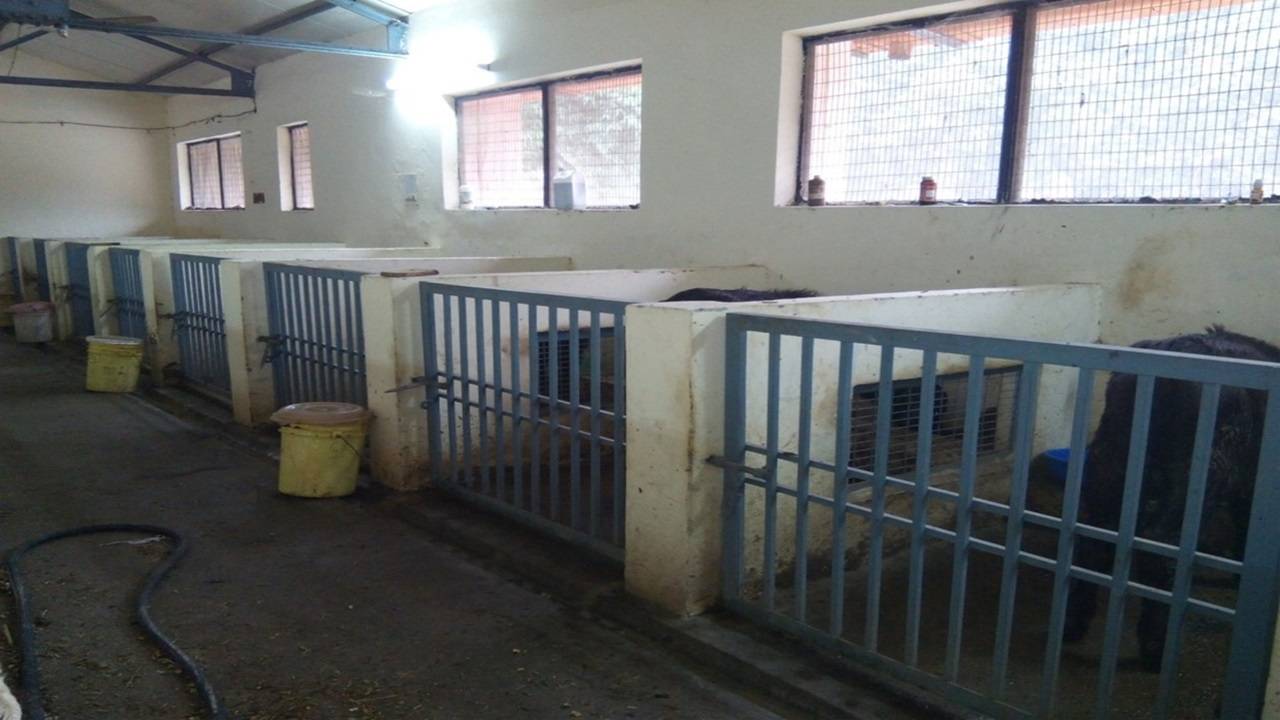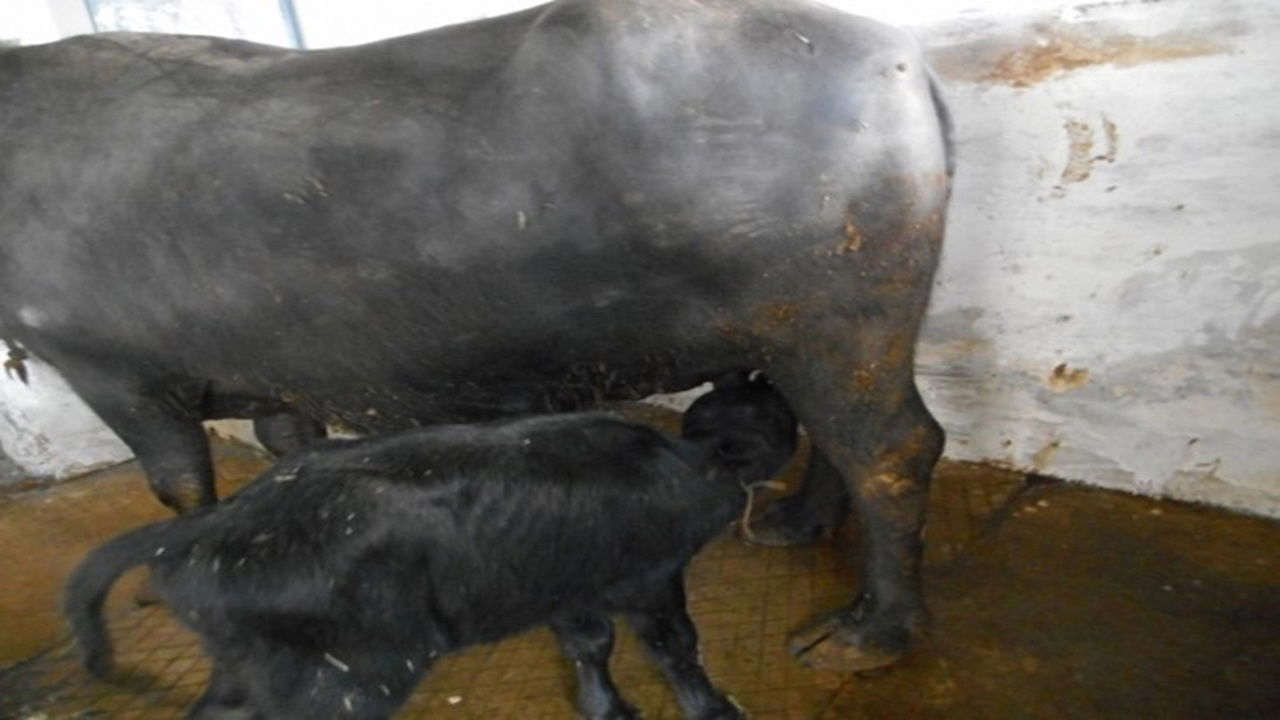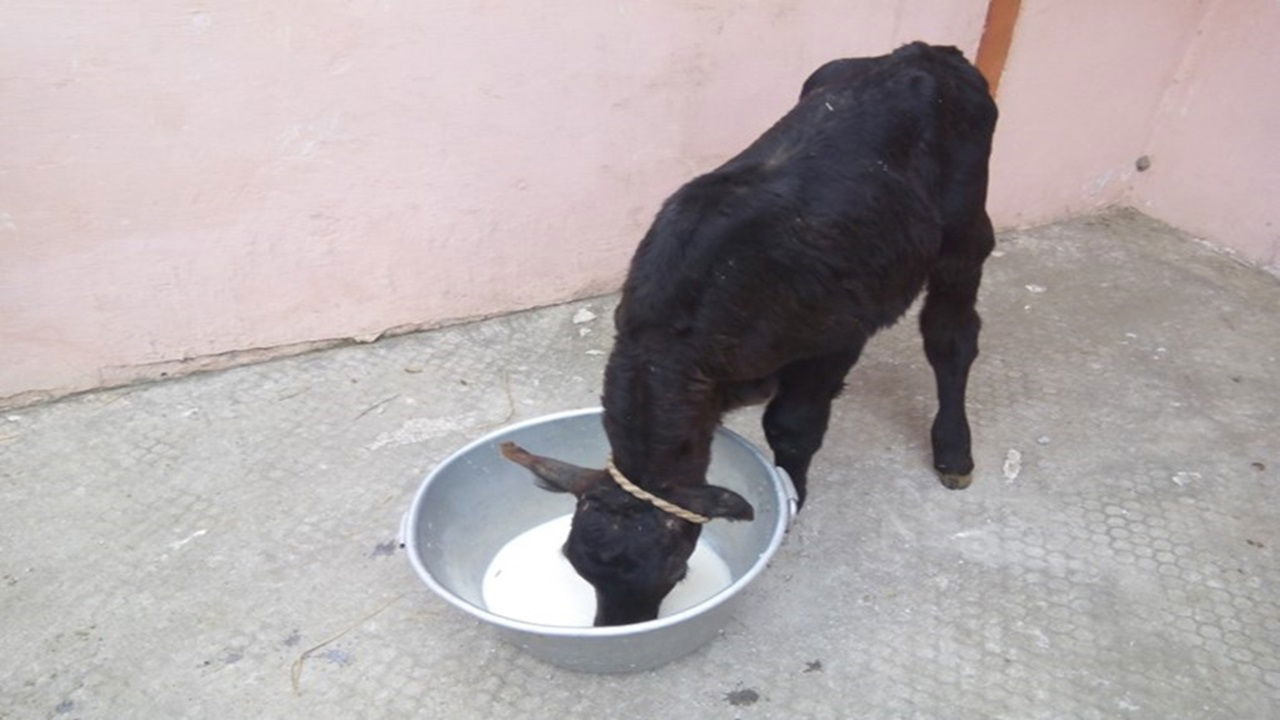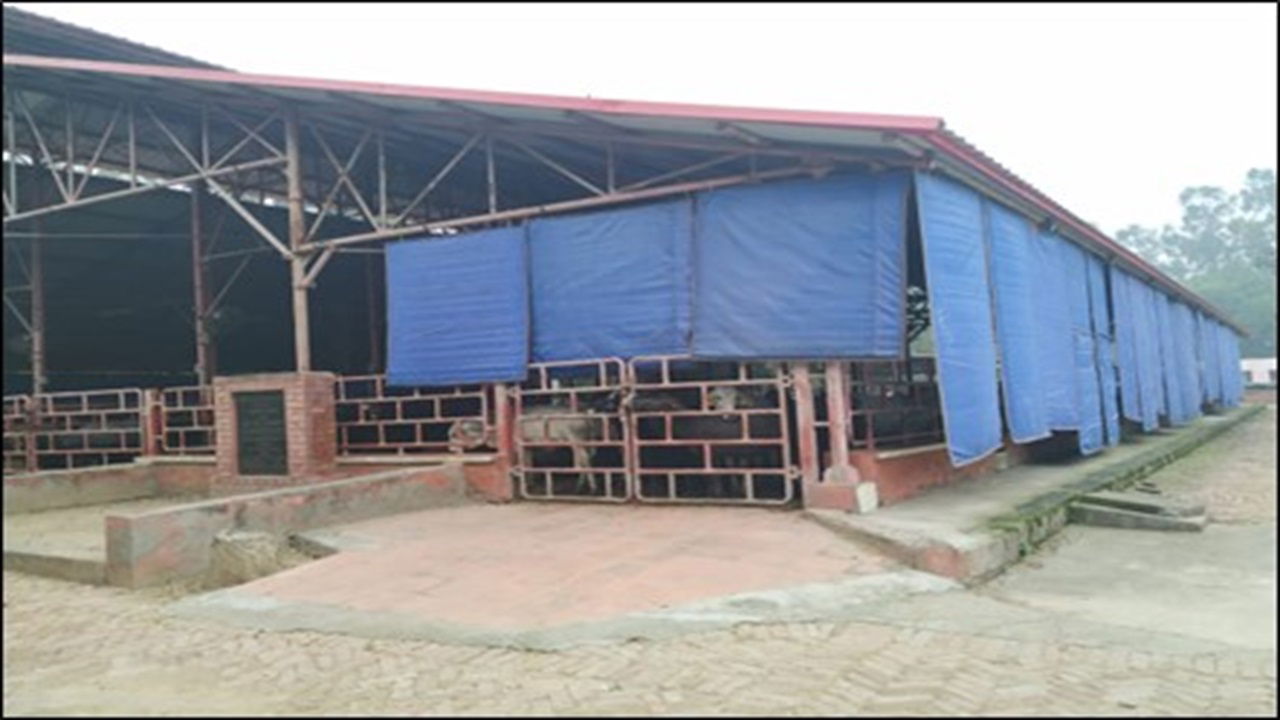
It is the story of an experiment conducted on lactating Murrah buffaloes of the institutional herd at ICAR-National Dairy Research Institute, Karnal.
So, the calves of the lactating buffaloes undertaken for the experiment also need to be managed by us. Dairy calves are quite susceptible to climatic stress due to weak thermoregulation and immune system as a result of which they require extra care and managemental measures to cope with winter stress.
Although institutional herd was being managed according to scientific practices as calves were group housed and allowed to suckle their dams during milking time twice a day and strategic management practices were routinely followed for the protection of calves from extreme winter stress such as protection from the direct cold breeze, a rubber mat to counter contact with the cold floor while resting. However, it becomes unavoidable to encounter morbidities such as calf scours, and calf pneumonia which if not treated promptly, eventually lead to secondary infections hence causing calf mortality. These incidences not only lead to loss of potential future replacement stock but also cause poor daily body weight gain and growth of recovered calves which affect their future production and reproduction potential during their farm life. Ideally, calf mortality should be < 5 % with a growth rate of 500-700 g/day.
Considering the commonly encountered challenges, managemental measures for amelioration of winter stress in dairy calves were adopted to mitigate pessimistic incidences of the health performance of calves.
Management to Ameliorate Winter Stress
1. Feeding Management: During the winter period the amount of feed required by the animal vary substantially because calves may require up to extra more feed during cold weather in order to maintain health condition.
Hence, various modes of feeding are used to maximize productivity throughout the winter. After parturition, the calves of our experimental group were not separated from the dams and were allowed to stay in the same calving pen so that both feel happy and contended to develop innate bonds along with the opportunity to feed freely throughout the colostral period around the clock when desired. Calves were kept in individual pens for the first month of life so as to ensure no infectious transfer during the critical susceptible period. After one month of age, calves were group-housed and allowed to suckle twice daily during the milking schedule and any weak hypoglycemic calf was ensured to have milk feeding through pail. Adlib calf starter was offered to the calves for stimulation of ruminal development. During the winter the calves are highly susceptible to hypothermia and they were supplied with an adequate amount of clean and lukewarm water.


-
Housing Management:
Calves were kept in individual pens for first month of life so as to ensure no infectious transfer during the critical susceptible period, after which they were managed in group housing.
Calves were provided with comfortable bedding made up of paddy husks mixed with lime to prevent them from chilled floors with a depth of the bedding 2 inches. During the night calves were provided with covered sheds. The open sides of the calf shed were covered with curtains made of bamboo sticks and polythene sheets which provided them heat and warmth along with protection from prevailing cold winds.
Bedding was cleaned and substituted with fresh dry bedding material on regular time intervals to avoid dampness and moisture. A bulb of 200 watts was also installed in the room to prevent extreme cold stress. The relative humidity between 40 and 60% was ensured through curtain ventilation and bedding management. Also, calves were made sure to get daily sunlight exposure available according to prevailing weather conditions. All excretory dung and spent bedding material was routinely collected and disposed of away from the animal shed.


Results
Encouraging results of the cold stress amelioration management strategies were observed during the experimental period. It was prominently observed that there was a significant reduction in morbidity incidences such as calf scours, calf pneumonia, etc. Also, it was observed that incidences of abnormal behaviours such as cross-sucking, inter-sucking, etc were negligible as compared to the calves of the institutional herd. Also, calves experiencing ameliorating measures for winter stress were observed to be more active, and playful and were recorded with higher feeding time, rumination time, and average daily body weight gain, thus improving their growth performance.
Conclusion
Ameliorative measures of management for dairy calves during the winter season mitigate the climatic stress and help in improving the performance, health, and welfare of calves. Bedding with paddy straw mixed with lime over the concrete floor during the winter season favors the microclimate conditions of calf pens and calf physiology. Social housing of dairy calves along with microclimatic cold stress management reduces food neophobia, promotes natural behaviours, reduces undesirable behaviours, and improving the emotional states and production performance of the calves.











